Today is Multicultural Children’s Book Day, started by Mia Wenjen of Pragmatic Mom and Valarie Budayr of JumpIntoaBook.com. I am pleased to be part of the blogger team supporting this. The mission is to raise awareness of the need to include kid's books that celebrate diversity in school and in the home. Please see additional details about Multicultural Children's Book Day at the end of this post.
Louise Bombay (but, please, call her Lou Lou) and Peacock Paloma Pearl (but please don’t call her Pea, only Lou Lou can call her Pea) are the main characters in this sweet and intriguing novel. Lou Lou and Pea are fifth graders who live in El Corazon. They are besties since they met in first grade and created a tradition of having a special, one hour and twenty-three minute, tea party, every Friday called PSPP (Post-School, Pre-Parents).
I have to admit, this beginning made me hesitate. Usually, a story about girls and tea parties will send me running in the opposite direction, but I continued and I’m glad I did! Lou Lou and Pea are interesting, quirky, and kind and are supportive of each other. The girls have significant differences, but more time is spent on how much they have in common and how accepting they are of each other’s differences. I appreciated how the author conveyed this acceptance in a gentle, but obvious, yet non-didactic way.
The story is told from Lou Lou’s perspective and we learn about her fascination with gardening, especially her camellia plant that she named Pinky. Pea, is a small, brown-haired, blue-eyed girl who speaks Spanish and loves creative arts. She is a touch fastidious, but always polite, and can get very excited about a color swatch book. Lou Lou is all about dirt, can get a bit messy, and often repeats “chrysanthemum, chrysanthemum, chrysanthemum” to calm herself down before she speaks or acts. The tips of her ears are often a good gauge of her mood. We also learn about their neighborhood’s culture and art. Many of the neighborhood walls are painted with unique, colorful and creative murals. Many of El Corazon’s residents are of Mexican ancestry and that many people speak Spanish and English. Lou Lou doesn’t speak Spanish, but is learning and Pea often helps Lou Lou with grammar and pronunciation.
Everything is lovely and idyllic in El Corazon as the residents prepare for Halloween and el Dia de los Muertos, but then someone deliberately ruins Pea’s cousin’s quinceañera dress and the girls notice that one of their favorite murals has been changed to include a forlorn, snow-white rabbit with amber eyes. The plot thickens quickly as more unusual events, including a planticide, unfold. For each unfortunate event, a change depicting it is painted into the city’s murals. Lou Lou and Pea decide to solve the mystery behind the events and the changes to the murals. And . . . no spoilers here. You’re going to have to read it to find out how the girls use charts, art, and deductive reasoning to try to solve the Mural Mystery.
I really enjoyed your book, Jill Diamond! The illustrations by Lesley Vamos are perfectly placed and charming. Even though they are not in color, they are lovingly detailed and you can easily imagine them as the girls see them. My daughter would have devoured this book in third or fourth grade. The mysterious events were interesting, but not too scary and the supportive friendship made it a fun read.
Louise Bombay (but, please, call her Lou Lou) and Peacock Paloma Pearl (but please don’t call her Pea, only Lou Lou can call her Pea) are the main characters in this sweet and intriguing novel. Lou Lou and Pea are fifth graders who live in El Corazon. They are besties since they met in first grade and created a tradition of having a special, one hour and twenty-three minute, tea party, every Friday called PSPP (Post-School, Pre-Parents).
I have to admit, this beginning made me hesitate. Usually, a story about girls and tea parties will send me running in the opposite direction, but I continued and I’m glad I did! Lou Lou and Pea are interesting, quirky, and kind and are supportive of each other. The girls have significant differences, but more time is spent on how much they have in common and how accepting they are of each other’s differences. I appreciated how the author conveyed this acceptance in a gentle, but obvious, yet non-didactic way.
The story is told from Lou Lou’s perspective and we learn about her fascination with gardening, especially her camellia plant that she named Pinky. Pea, is a small, brown-haired, blue-eyed girl who speaks Spanish and loves creative arts. She is a touch fastidious, but always polite, and can get very excited about a color swatch book. Lou Lou is all about dirt, can get a bit messy, and often repeats “chrysanthemum, chrysanthemum, chrysanthemum” to calm herself down before she speaks or acts. The tips of her ears are often a good gauge of her mood. We also learn about their neighborhood’s culture and art. Many of the neighborhood walls are painted with unique, colorful and creative murals. Many of El Corazon’s residents are of Mexican ancestry and that many people speak Spanish and English. Lou Lou doesn’t speak Spanish, but is learning and Pea often helps Lou Lou with grammar and pronunciation.
Everything is lovely and idyllic in El Corazon as the residents prepare for Halloween and el Dia de los Muertos, but then someone deliberately ruins Pea’s cousin’s quinceañera dress and the girls notice that one of their favorite murals has been changed to include a forlorn, snow-white rabbit with amber eyes. The plot thickens quickly as more unusual events, including a planticide, unfold. For each unfortunate event, a change depicting it is painted into the city’s murals. Lou Lou and Pea decide to solve the mystery behind the events and the changes to the murals. And . . . no spoilers here. You’re going to have to read it to find out how the girls use charts, art, and deductive reasoning to try to solve the Mural Mystery.
I really enjoyed your book, Jill Diamond! The illustrations by Lesley Vamos are perfectly placed and charming. Even though they are not in color, they are lovingly detailed and you can easily imagine them as the girls see them. My daughter would have devoured this book in third or fourth grade. The mysterious events were interesting, but not too scary and the supportive friendship made it a fun read.
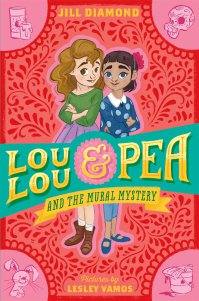
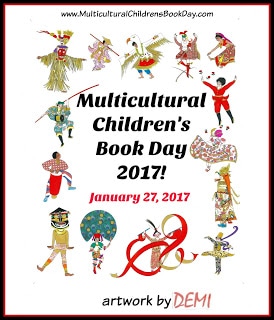
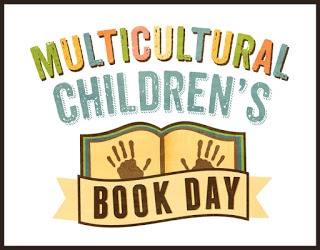
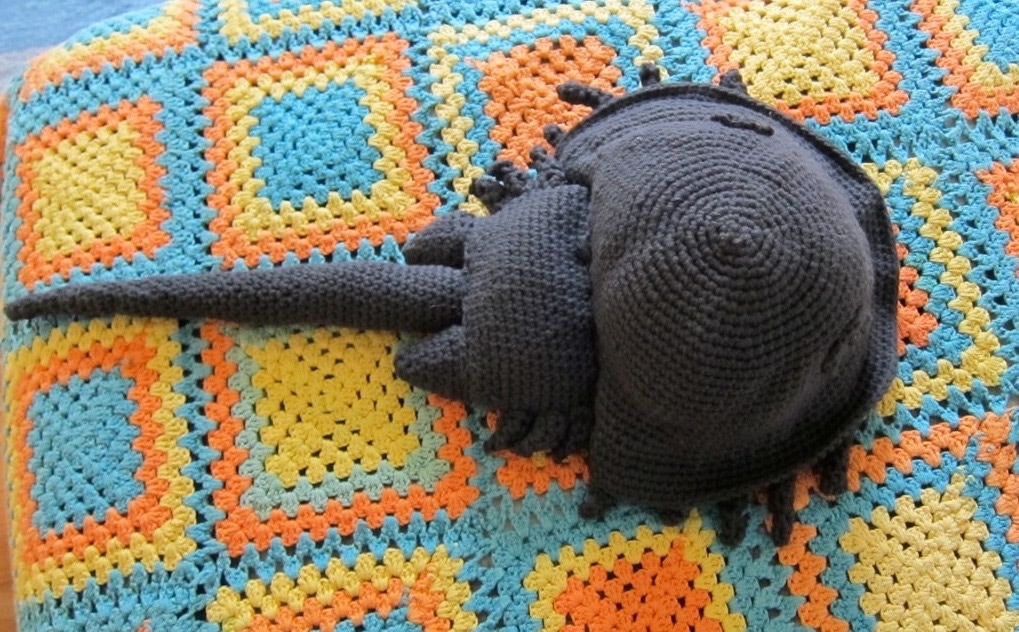
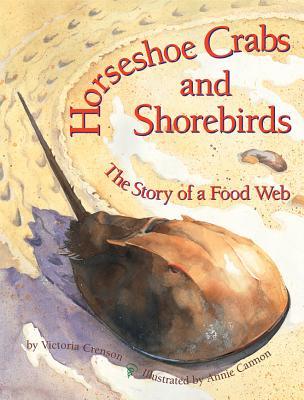
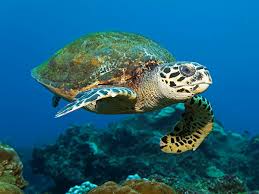
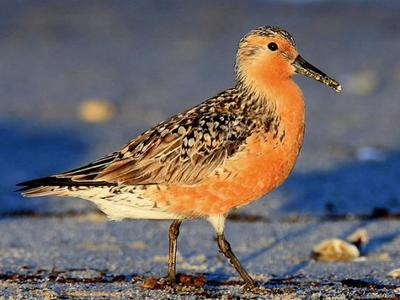
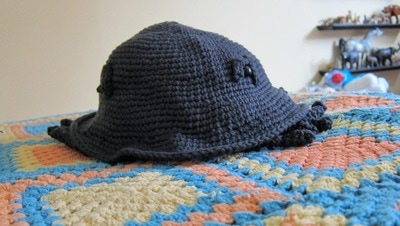
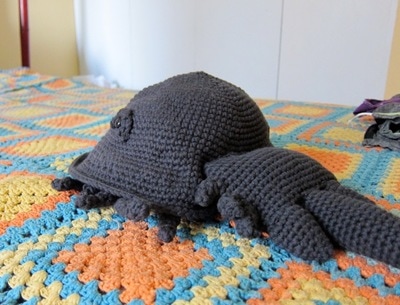
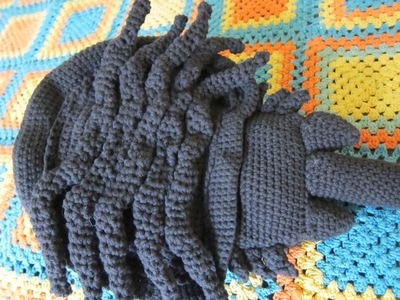
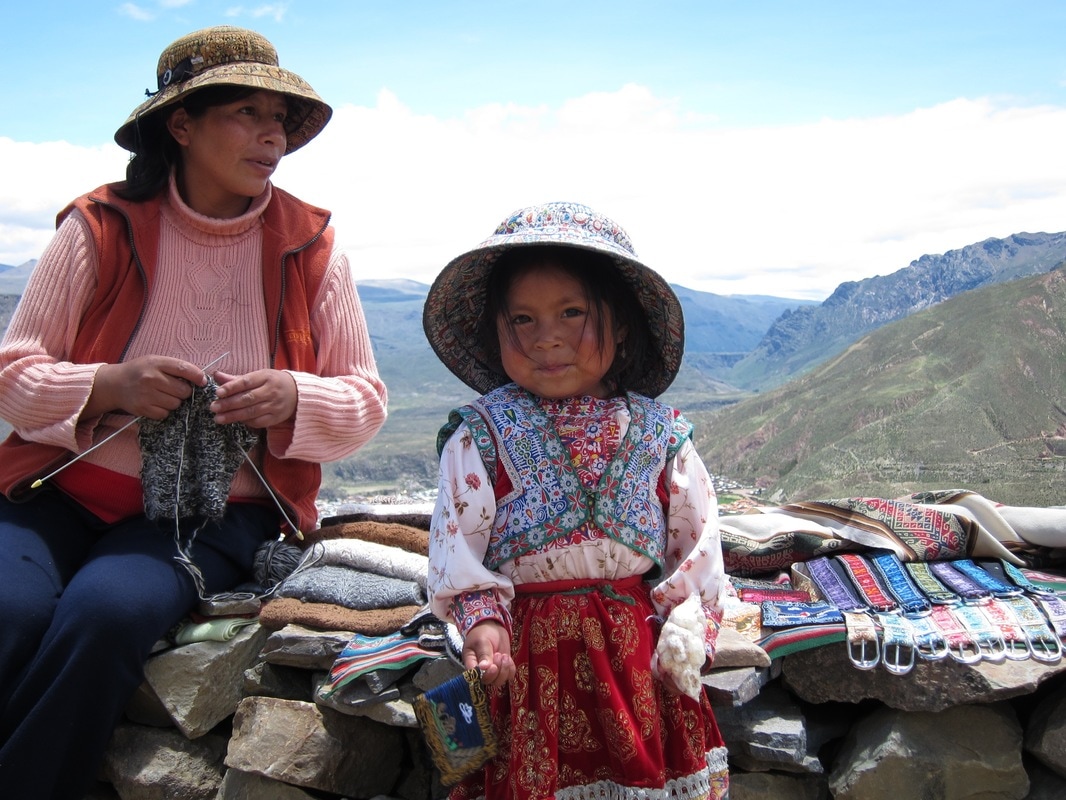
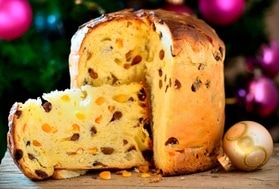
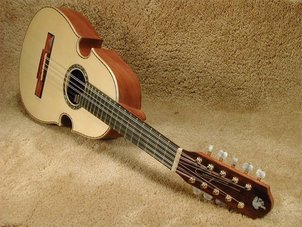
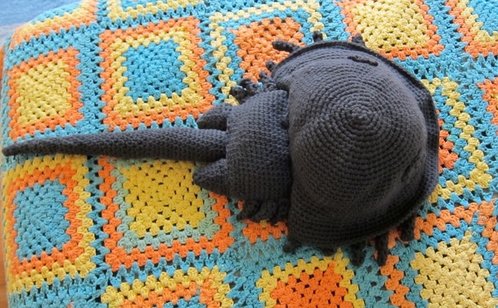

 RSS Feed
RSS Feed